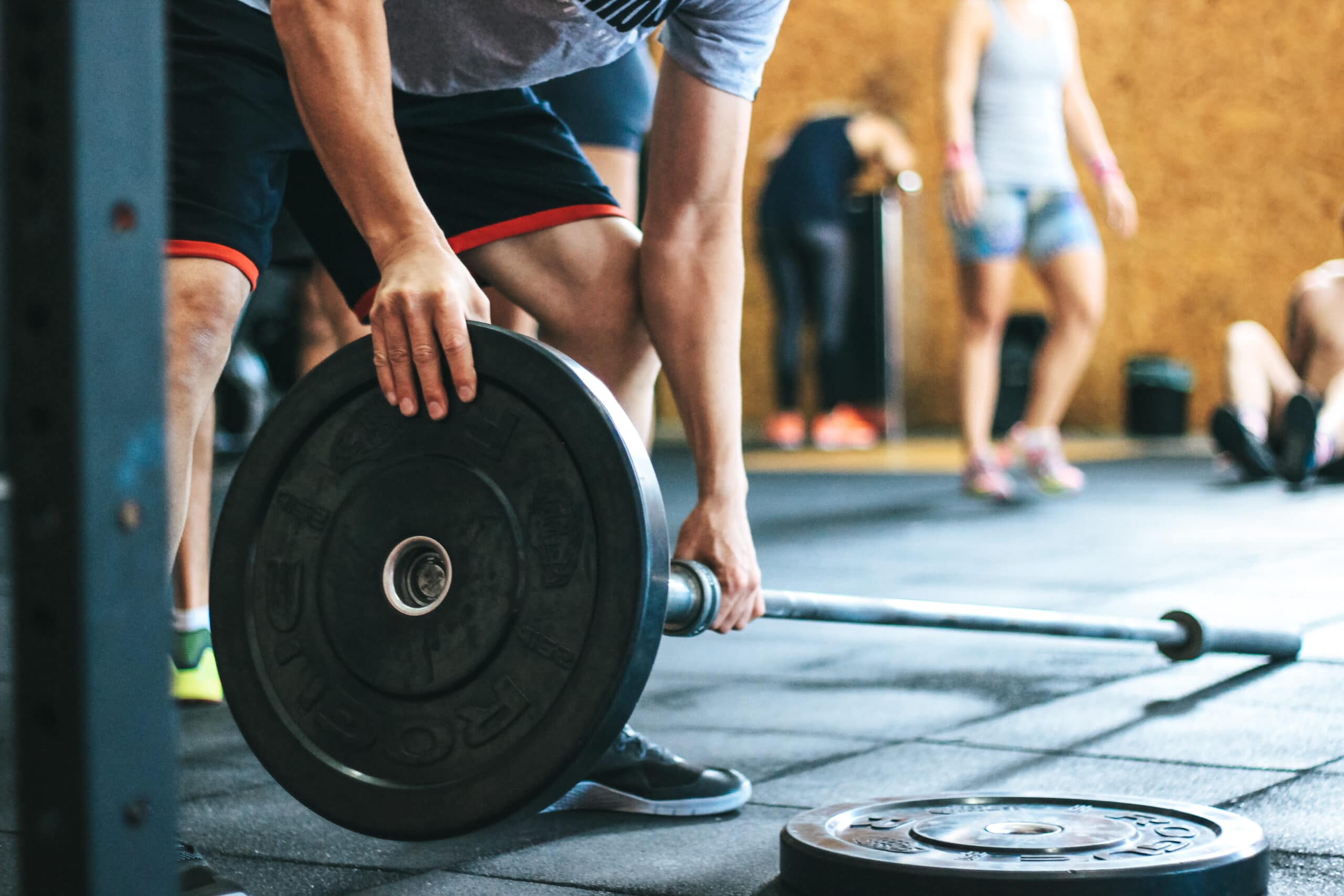Searches for ‘pure gym reopen’ have increased by 4000% in the last 30 days, indicating that the public are eagerly waiting for July 25th to roll around! However, gym-goers have adapted to new home workout routines and their bodies have certainly changed in the past few months. Jumping straight back into the same gym routine that was followed three months ago can come with danger.
As fitness-related injuries are expected to increase, experts at MyVitalMetrics and GolfSupport provided some top tips on how Brits can be safe and ease themselves back into their workout routines.
Owen Hutchins, founder and fitness expert from MyVitalMetrics suggested these four adaptations:
1. Transfer your workouts back to the gym gradually: 1/3 at a time
The potential for higher resistances and weights at the gym is far greater than most home workouts, so you should allow time to see how your body is adapting to them. If you were working out 3x per week at home, for the first week just transfer one workout to the gym and complete the other two at home.
In the second week you can take two at the gym, and one at home, and in the third week you’ll be comfortable at the gym. This progression allows your body to adapt to the new routine more slowly and also ensures that you keep the habit you’ve spent months building up.
Take what you used to do in one workout – both the weight lifted, and the number of sets and reps – and reduce by at least 1/3. Your body has changed over lockdown and it may take a few workouts to gain back the muscle memory and strength it once had. If you’ve not been active, it may take a bit longer as your body would have lost muscle.
If you’ve not been active during lockdown; start with a single workout at the gym in the week, then add a second workout the following week and so on till you have your planned number of workouts.
2. Go with your usual workout plan but prepared to be flexible with it
Under the new rules, your gym may not be the place you left in March – some equipment may be closed off or moved to aid social distancing; you may be time limited; you may be required to thoroughly clean each piece of equipment you use; you might be limited to a single area.
All of these can be frustrating to those who like to go with a plan, so mentally prepare yourself for an unfamiliar environment. While in the gym, write down the equipment you can’t use from your previous workout plan and think about replacement exercises. Using YouTube or any useful fitness websites, you can easily find some simple alternatives to your usual routine!
3. Try not to change too much else
Going back to the gym itself is a big shake-up for the body, so try to limit any other shakeups – try to keep your diet consistent, get plenty of rest and plenty of water.
Also try to keep a hold of whatever good habits you were able to eke out over lockdown. If that meant you went on an outdoor walk everyday – try to keep this up, not only will it keep you doing some light activity, it’s great for your mental health as well.
4. Take a baseline measurement
You should go into the new routine knowing where you are. Whether that’s analysing your weight, circumference measurements or (ideally) bodyfat percentage – its crucial. This is so that in the future you can look back and see how much the gym routine has done for you! This will not only keep you motivated in your fitness journey, but also make you aware of what areas of the to target in your routines.
Gary Swift from GolfSupport also provided his top tips to ease yourself back into the gym from July 25th:
5. Monitor your progress
Keeping track of your progress is one of the most important aspects of the gym, being organised really pays off. There are so many workout log apps available on your phone! Downloading apps is one of the easiest ways to help you plan and track your gym sessions to ensure you make the most out of your time. Some of the top recommended apps include HeavySet, Strongly and GymBoook. Without monitoring your improvements, it’s a lot more difficult to track your gains.
6. Don’t be afraid of working with experts
Working with experts in the gym is an extremely beneficial way to get used to a gym set-up. It may not be the same as before, but it will definitely be worth trying it out for a few sessions.
Personal trainer and fitness experts are there to provide knowledge and expertise within the field, and for your first visits to the gym in months, it will prove to be helpful as they can provide tips on how to stay safe, what to eat, how to ease yourself back in and what steps you should take next.
7. Try to avoid peak times
Gym fanatics have waited months for this day to come, so July 25th is expected to be an extremely busy day for the centres! But no one likes a busy gym, especially when social distancing measures are being implemented and crowds are being monitored. Therefore, it would be best to wait a few days for the hype to die down to avoid having an unenjoyable experience, or even being turned away.
When you do decide to renter the gym, fit your sessions in at the quietest time of day for your gym – these can be found using Google’s popular time feature.
